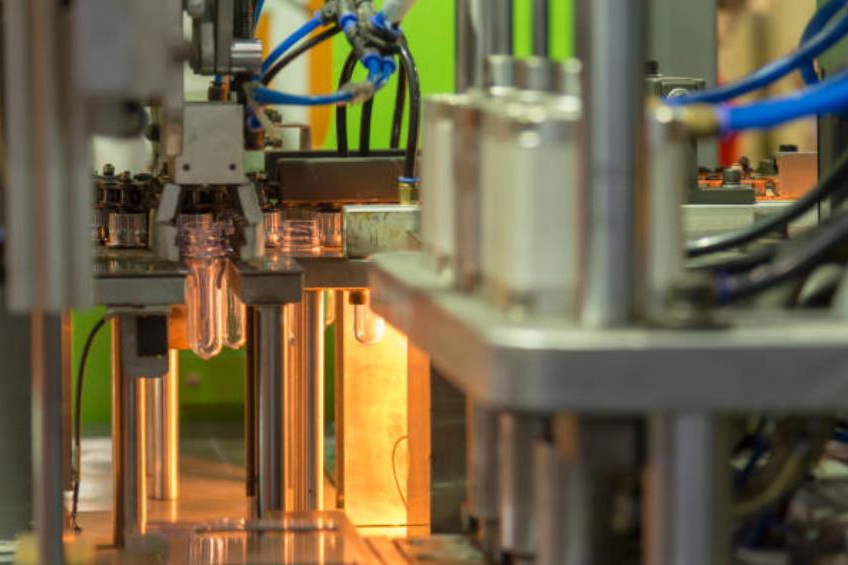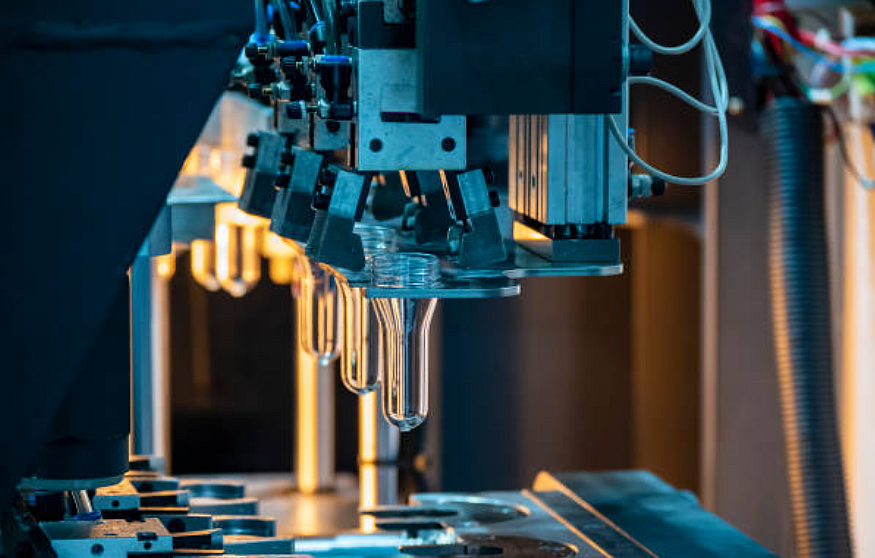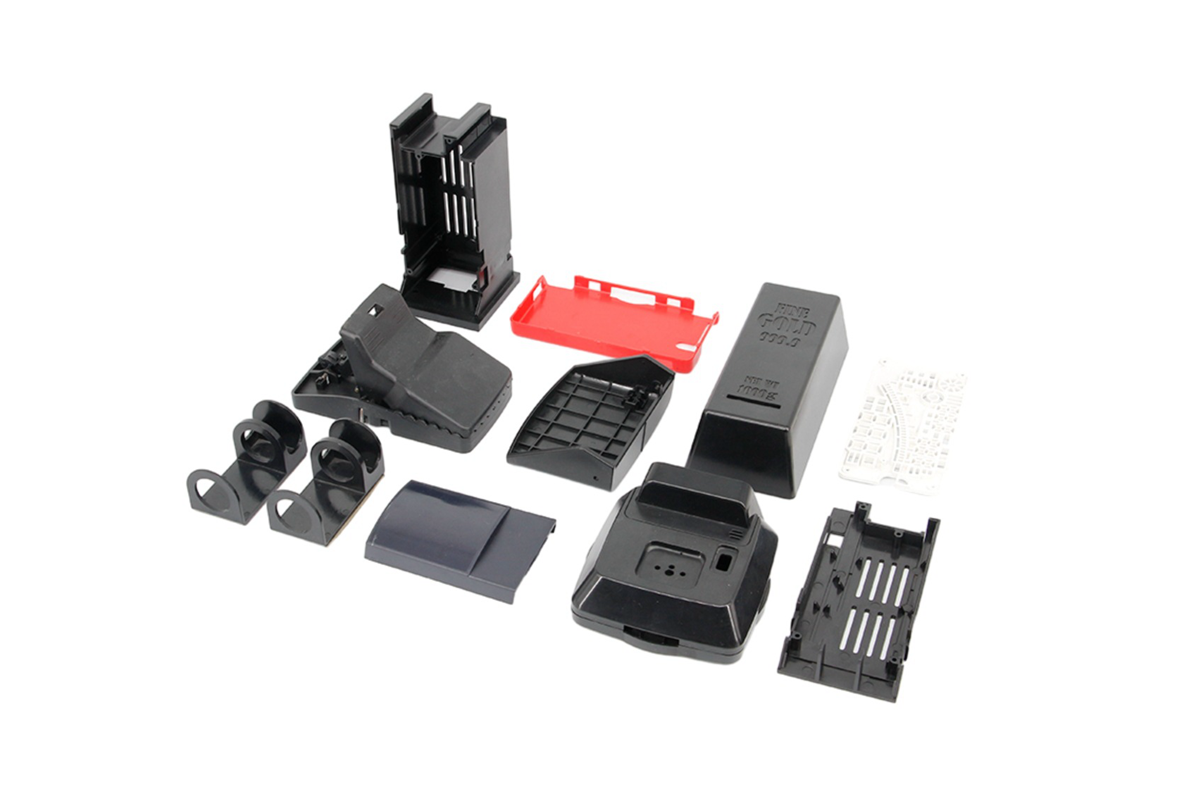What features should be avoided in injection molding designs?
Efficient and reliable injection molding depends not only on tooling quality but also on well-optimized part design. Poor design choices can lead to increased cost, production delays, part defects, or even tool failure. Below are key features that should generally be avoided or minimized in plastic injection molding designs.
Common Design Pitfalls to Avoid
1. Undercuts Without Clear Justification
Undercuts require complex side actions or lifters in the mold, which raise tooling costs and extend lead times. Whenever possible, redesign to avoid undercuts using parting line changes or snap-fit alternatives. → Consider insert molding as a solution for integrating mechanical features without undercuts.
2. Sharp Internal Corners
Sharp corners cause stress concentration and are difficult to machine accurately in mold cavities. Always add internal fillets—typically a minimum radius of 0.5 mm—to promote material flow and extend mold life.
3. Thin Walls Across Large Surfaces
Wall thickness under 1 mm across large spans can result in incomplete filling (short shots) or weak structural performance. For most plastics, 1.5–3.0 mm is an ideal range for consistent wall thickness.
4. Inconsistent Wall Thickness
Abrupt changes in thickness cause uneven cooling, sink marks, and warpage. Maintain uniform wall sections and transition gradually (no more than 15% change over short distances).
5. Deep and Narrow Ribs
Ribs that exceed a 3:1 height-to-thickness ratio can cause filling difficulties and sink marks. Rib thickness should be no more than 60% of the adjacent wall thickness.
6. Insufficient Draft Angles
Without a draft, molded parts stick to the tool, causing ejection issues. Use 1°–2° draft per side as a minimum, and increase draft angle for textured surfaces.
7. Unnecessary Tight Tolerances
Specifying tight tolerances (e.g., ±0.01 mm) where not functionally needed increases tool cost and scrap risk. Apply tighter tolerances only to critical areas like sealing surfaces or mating interfaces.
8. Complex Textures in Deep Cavities
Applying heavy textures or engravings in areas with poor access or deep vertical walls complicates demolding. Combine surface textures with increased draft or limit them to exposed surfaces.
9. Large Flat Surfaces Without Support
Unsupported flat surfaces may warp during cooling. Add structural features like ribs or contours to reduce distortion and improve dimensional stability.
10. Molded Threads Without Inserts
Plastic threads degrade quickly with repeated use and can damage softer mold materials. For threaded features, consider insert molding or post-molding thread cutting.
Design Support for Manufacturability
Neway Precision offers expert consultative design services to help customers optimize parts before tooling. From material selection to draft analysis, our engineering team ensures your part design is fully manufacturable and cost-efficient for production.



